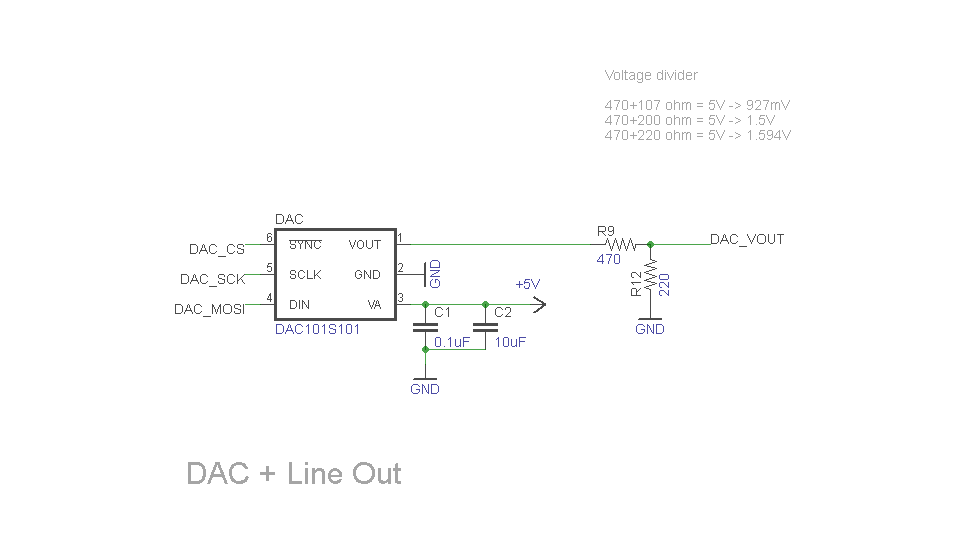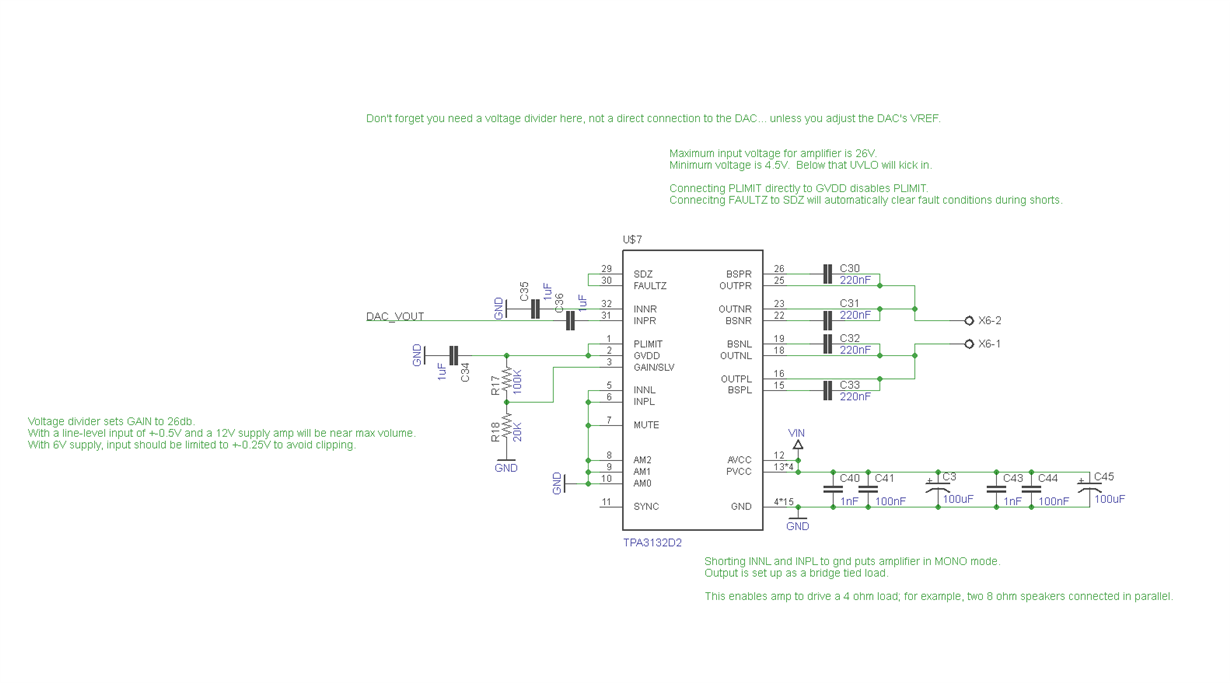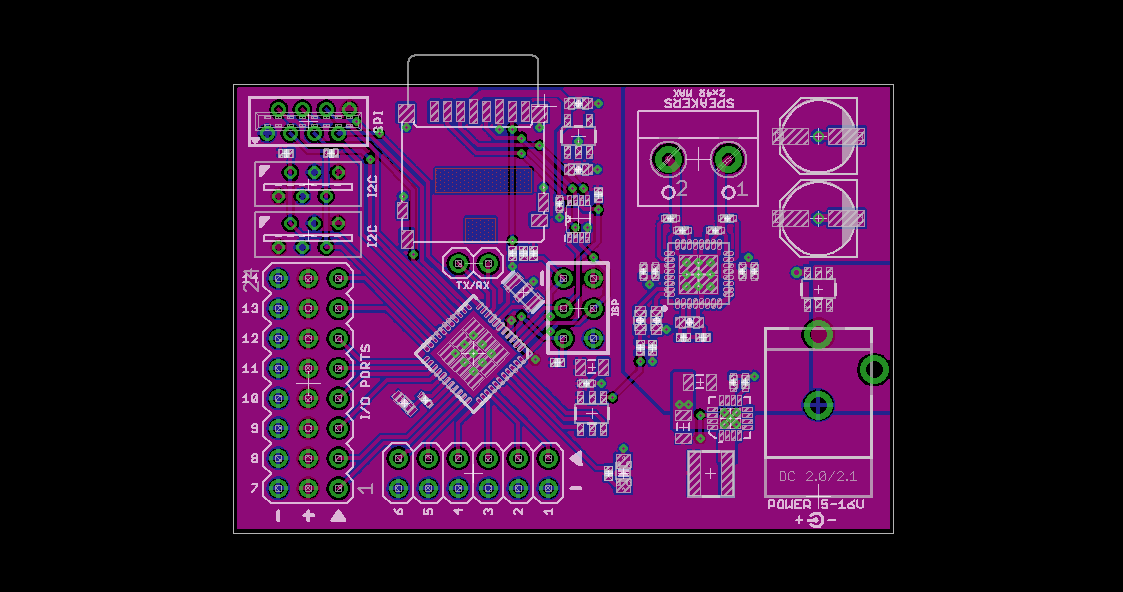I've got your TPA3132D2 amplifier on a board I designed, powered by 12V, and I noticed that if the board had not yet been programmed to update the DAC which is providing audio input to the amplifier, the amplifier would get hot even when no speakers are connected.
I also just had a board with the amplifier die on me while testing another module but not updating the DAC. The amplifier was hot when it died, and gets hot when I plug the power in.
The amplifier is configured for PBTL with a sngle-ended input. I have ceramic capacitors on INNR and INPR,with INNR's cap going to ground, and INPR's cap going to the DAC output, and INNL and INPL are shorted to ground.
Could it be that if the DAC is outputting 0V constantly because I am not sending audio to it, that this damaged the amplifier?
The amplifier was working fine when I was testing audio. It's just when no audio is being output to it (and no speakers connected) that there seems to be a problem.





